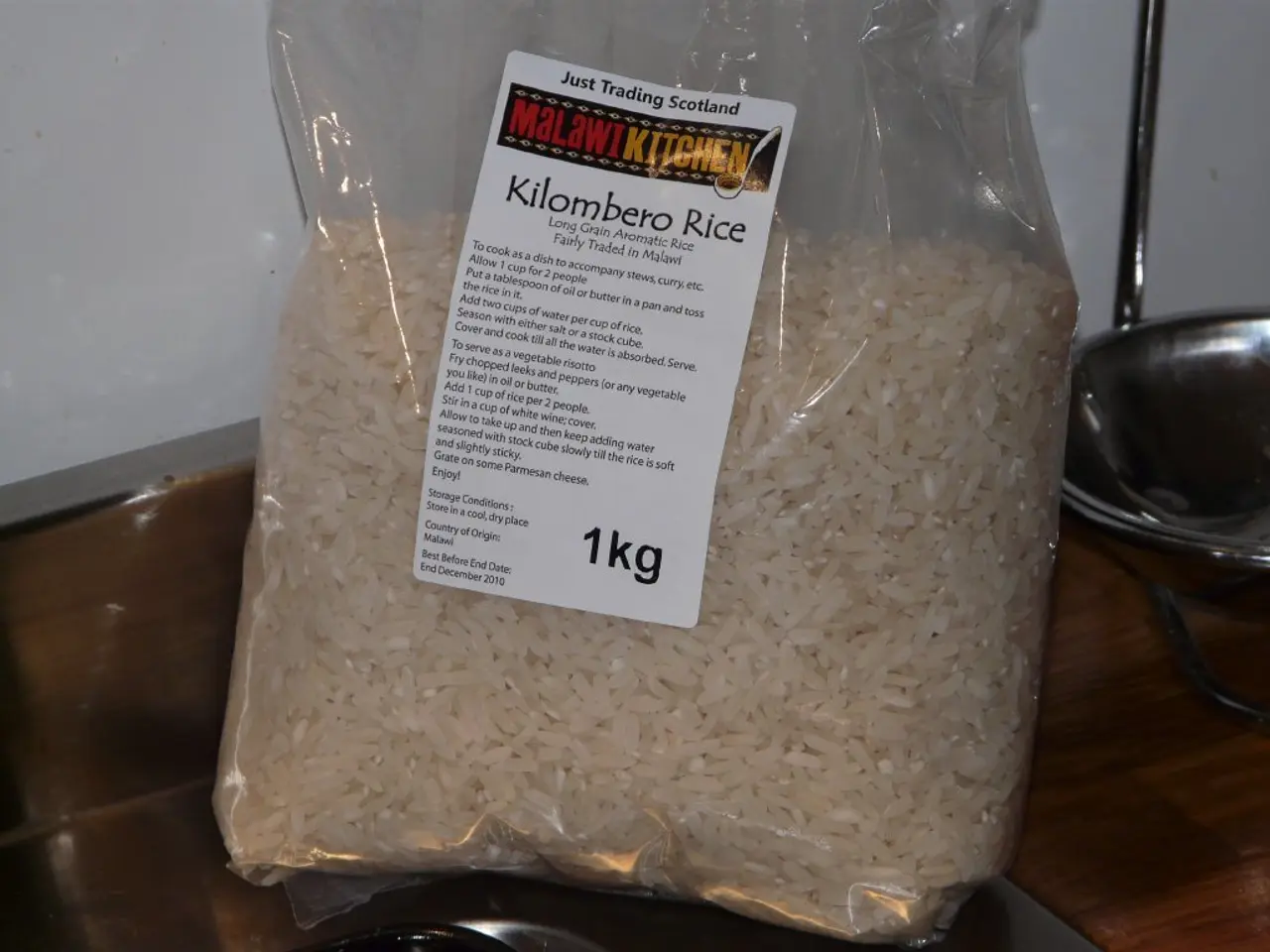The Operational Mechanics of California Air Resources Board (CARB)
California Air Resources Board Tackles Air Pollution and Climate Change
California, home to five of the top 10 cities most polluted by long-term particle pollution, is taking significant strides to combat air pollution and climate change. The California Air Resources Board (CARB) is at the forefront of these efforts, with a mission to promote and protect public health, welfare, and ecological resources.
The CARB is structured into nine main divisions, each focusing on a specific aspect of air quality management. These divisions include Administrative Services, Enforcement, Mobile Source Control, Mobile Source Operations, Monitoring and Laboratory, Office of Information Services, Planning and Technical Support, Research, and Stationary Source.
One of CARB's key initiatives is the reduction of tailpipe and vehicle emissions. In 2020, the board adopted the Advanced Clean Truck (ACT) regulation, targeting emissions from medium- and heavy-duty trucks. This regulation aims to reduce harmful pollutants, offering manufacturers additional flexibility while maintaining emissions benefits.
CARB also sets stricter vehicle emissions standards than the federal government, conditional on EPA waiver. The board's authority extends to defining tailpipe emissions limits with the goal of "maximum feasible reduction" of carbon dioxide and other greenhouse gases from vehicle exhaust. California's ZEV mandate, which progressively requires increasing sales of zero-emission vehicles, is anticipated to phase out new gasoline and diesel powered vehicle sales by 2035.
CARB's approach to emissions reduction is comprehensive, addressing not only vehicle technology but also the promotion of cleaner and alternative fuels, and reducing vehicle miles traveled (VMT) to achieve greenhouse gas reduction targets. The board's initiatives include the Alternative Fuel Vehicle Incentive Program, which encourages the adoption of cleaner vehicles across the state.
Collaboration and enforcement are also crucial components of CARB's strategy. The board works closely with truck manufacturers under frameworks like the Clean Truck Partnership to align industry practices with emissions goals. Amendments to clean truck standards respond to stakeholder input and seek to balance emission benefits with manufacturer flexibility, ensuring continued innovation and deployment of zero emission technologies.
By 2010, one-third of all cars in the United States were estimated to meet California's emission standards. The CARB created the Zero Emissions Vehicle mandate in 1990, requiring 10 percent of new vehicles sold by manufacturers to meet zero-emissions standards by 2003. California's emissions standards have been stricter than the federal Environmental Protection Agency (EPA) requirements since the 1960s.
California's efforts to reduce harmful air pollutants and greenhouse gases, protect public health, and lead in clean transportation technology innovation have not gone unchallenged. The state has faced opposition from the federal government, with the EPA denying California the ability to regulate greenhouse gases. However, California has sued the federal government to overturn the EPA's decision on greenhouse gas regulations, and more than a dozen states have joined California's lawsuit to allow the regulation of greenhouse gases.
Despite these challenges, California's strict emissions standards have been adopted by 16 other states, including New York, New Jersey, Massachusetts, and Florida. By 2050, Cackette predicts a market comprised of vehicles running mainly on biofuels, fuel cells, and electricity, with no more than 10 percent of the market running on gasoline.
In the 1980s, the CARB tightened nitrogen oxide emissions, effectively causing the demise of the carburetor in favor of fuel injection. The board has been instrumental in shaping the car industry, mandating the use of catalytic converters and on-board diagnostic computers. The first car company to build an engine that met California's strict emissions standards without using a catalytic converter was Honda, with their CVCC engine.
The California Air Resources Board (CARB) is the group that regulates anything having to do with air quality in the state. The board's 11 members are appointed by the state's governor and serve as long as he or she wants them to. The CARB has been a pioneer in air quality regulation for decades, and its efforts continue to shape the future of clean transportation technology.
[1] California Air Resources Board. (2021). Advanced Clean Trucks Regulation. Retrieved from https://ww2.arb.ca.gov/our-work/regulations/advanced-clean-trucks
[2] California Air Resources Board. (2021). Zero-Emission Vehicle Program. Retrieved from https://ww2.arb.ca.gov/our-work/air-pollution-programs/zero-emission-vehicle-program
[3] California Air Resources Board. (2021). Low Carbon Fuel Standard. Retrieved from https://ww2.arb.ca.gov/our-work/air-pollution-programs/low-carbon-fuel-standard
[4] California Air Resources Board. (2021). Cap-and-Trade Program. Retrieved from https://ww2.arb.ca.gov/our-work/air-pollution-programs/cap-and-trade-program
- The California Air Resources Board (CARB) championed the introduction of on-board diagnostic computers in vehicles, playing a pivotal role in the car industry's evolution.
- In the 1990s, California regulations led to the Zero Emissions Vehicle mandate, requiring 10 percent of new vehicles sold by manufacturers to meet zero-emissions standards by 2003.
- The CARB's Low Carbon Fuel Standard, launched in 2011, aims to reduce greenhouse gas emissions from transportation fuels while encouraging the use of cleaner alternatives such as ethanol, biomass, and electricity.
- California's Cap-and-Trade Program, managed by the CARB, is a market-based mechanism designed to reduce greenhouse gas emissions and generate funds for investments in clean energy projects.
- By setting stricter health-and-wellness standards for vehicle emissions than the federal government, CARB's efforts promote medical-conditions prevention and overall climate-change mitigation.
- CARB's initiatives encompass technology development in various fields, including automotive, science, engineering, and environmental-science, to foster innovations in clean transportation and alternative fuels.
- As technology continues to evolve, the California Air Resources Board will likely remain at the forefront of developing regulations that address climate-change and promote health, culture, and history preservation for future generations.




